Concrete sealers are essential for protecting concrete surfaces, as they protect against wear and tear and harsh weather conditions. Without applying the proper sealer, concrete surfaces can become discolored, stained, or blotchy over time. If you have a concrete surface showing signs of blotchiness, it is important to take quick action to fix the problem.
There are several advantages to learning to fix blotchy concrete sealers. First, it can help prevent future issues with the sealant and give you peace of mind that your work is looking its best.
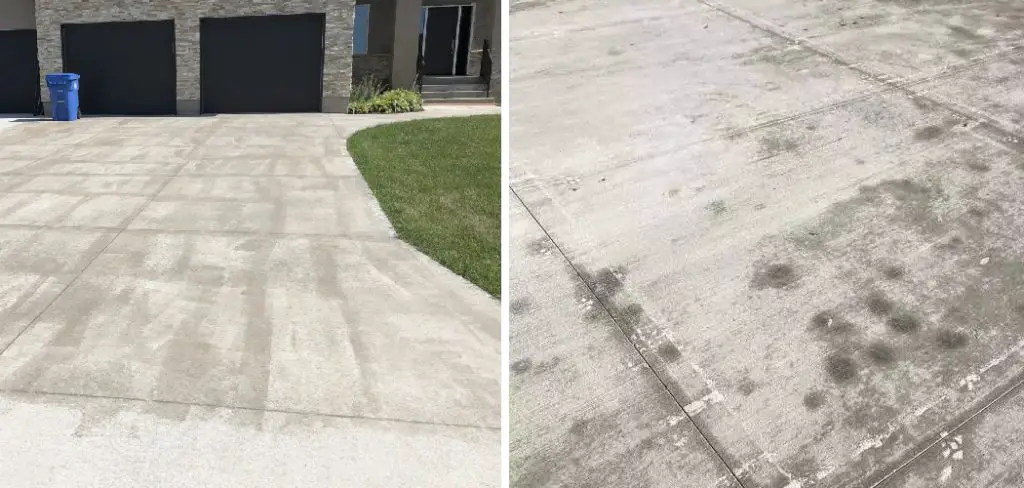
Also, fixing a blotchy concrete sealer is usually much less expensive than replacing all or parts of the concrete surface. In this blog post, You will learn how to fix blotchy concrete sealer.
Step by Step Processes for How to Fix Blotchy Concrete Sealer
Step 1: Inspect the Concrete Surface
Before fixing blotchy concrete sealer, you must examine the entire surface. Look for any areas that need to be sealed properly, especially discolored sections. Make sure to check every inch of the surface to determine where the problem lies and whether or not cleaning is necessary before reapplication.
Step 2: Clean the Concrete Surface
Once you have identified any problem areas, it is time to clean. You can use a pressure washer or a broom and brush to remove dirt, debris, and any loose sealer that may be present on the surface. Pay extra attention to spots that appear blotchy, as they may require more extensive cleaning before reapplication.
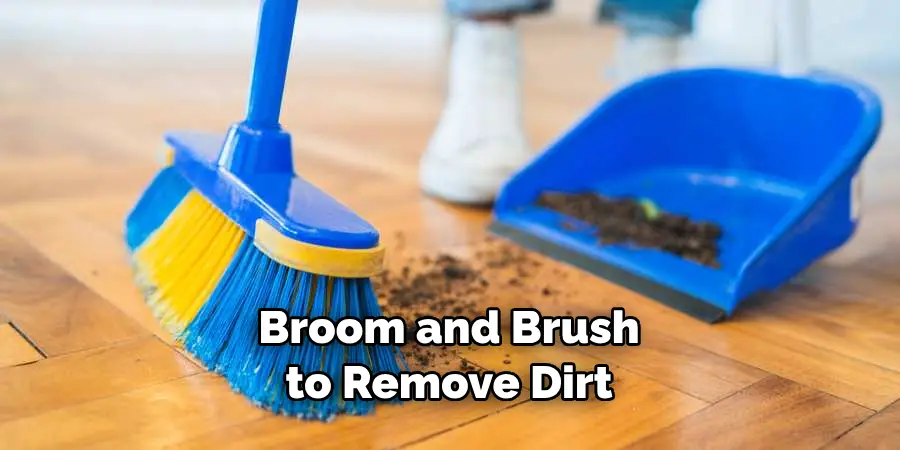
Step 3: Allow the Surface to Dry
After cleaning, it is important to allow the surface to dry completely before resealing. Depending on your area’s humidity and temperature level, this could take a few hours. Ensure no moisture remains, or your sealer will not last as long as it should.
Once you have determined that the surface is dried, you can move on to patching any problem areas. This could include applying cement-based patching material or epoxy-based products, depending on the damage’s severity and the area’s size.
Step 4: Sand or Grind Down High Spots
If the surface has high spots preventing the sealer from reapplying evenly, you can sand or grind them down. Wear protective gear such as a dust mask and goggles while doing this. After sanding or grinding down any areas, it is important to vacuum away all dust particles. This helps ensure that when you apply the sealer, it will adhere to the surface properly.
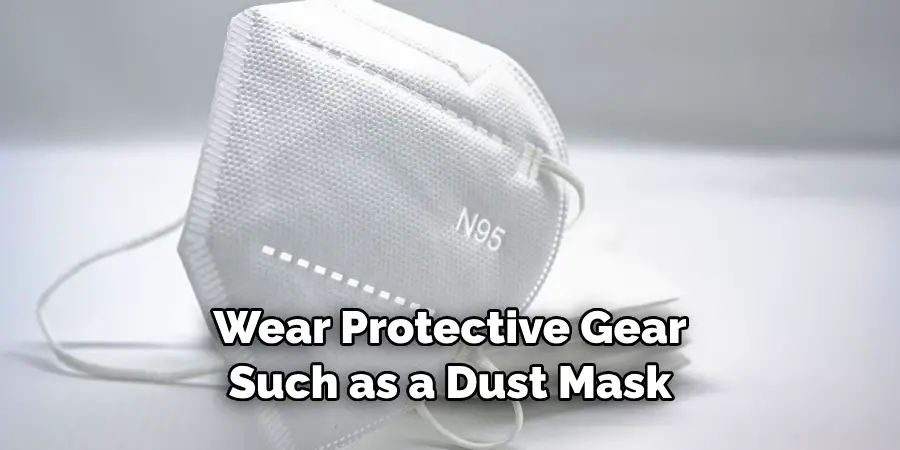
Step 5: Apply a Primer or Sealant
Next, you can apply a primer or sealant to help protect and prepare the surface for resealing. Depending on the material used in your project, there are various products available to choose from.
Once you have prepped the surface, it is time to mix and apply the sealer. Use a paint roller or brush to ensure even coverage across the entire area for the best results. Ensure to avoid overlapping strokes to prevent blotchy patches from appearing once it has dried.
Step 6: Allow the Sealer to Dry
After you have finished applying the sealer, it is important to allow time for it to dry. Depending on your area’s temperature and humidity levels, this could take anywhere from a few hours to a few days. When in doubt, refer to the instructions on the product packaging.
Finally, inspect the finished product to ensure you have achieved the desired results. If blotchy patches remain, you may need to repeat some steps or consult a professional for assistance. With patience and practice, you should be able to fix blotchy concrete sealer properly.
Following these steps, you can fix blotchy concrete sealer and avoid costly mistakes or repairs. With the right tools and practice, your finished product should look perfect and last years.
Safety Tips for How to Fix Blotchy Concrete Sealer
- Wear protective safety gear, such as gloves, goggles, and a dust mask, to avoid any contact with a sealer that may cause skin irritation or respiratory problems.
- Make sure the area is well-ventilated by opening windows and using fans to allow fresh air circulation before beginning.
- Use drop cloths or tarps to protect the area around where you will be working.
- Use a power washer to remove any residue of sealer that may still be on the surface.
- Use a wire brush to scrub off any remaining sealer or blotches from the surface, if necessary.
- Test the sealer in a small area before applying it over the entire surface to ensure a uniform look and color.
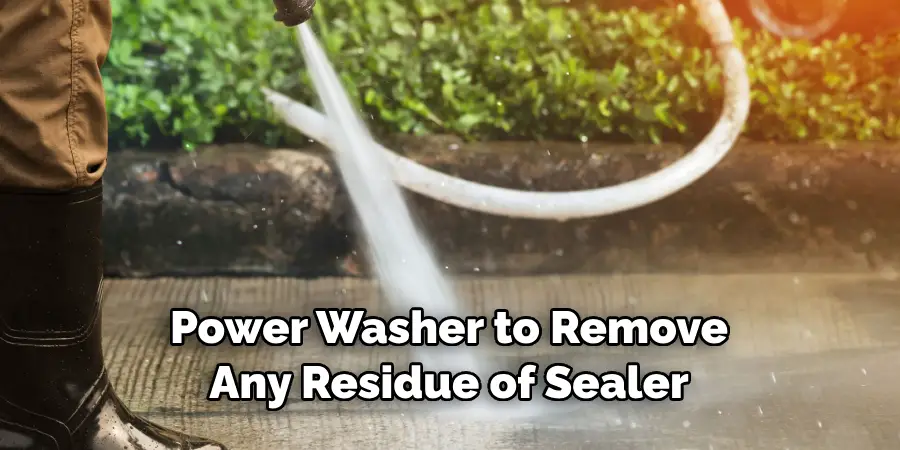
Following these safety tips will help you get the job done quickly and safely as you work on fixing blotchy concrete sealer. With these precautions, you can ensure your project is completed correctly and with the best results.
Is Any Visible Damage on the Concrete Surface From the Improper Application of the Sealer?
If the concrete surface appears damaged from improper sealer application, it must be repaired first. This may include removing any excess sealer residue and prepping the surface before applying a new coat. It is important to use a quality sealer that has been specifically designed for concrete surfaces to achieve the best results. Once the surface is prepped and any visible damage has been repaired, the sealer can be applied with a roller or brush. It is important to follow the manufacturer’s instructions carefully to ensure the sealer is applied correctly.
Ensure you are spreading an even layer of sealer on the concrete and avoiding any pooling areas. Once the sealer has been applied, allowing it to dry completely before walking on the surface is important. Most sealers may take several hours, but some may require overnight drying. After the concrete has dried properly, blotchy areas in the sealer should be gone, and you will have a beautiful, even finish.
Are Any Other Issues or Factors That Could Impact the Sealer’s Performance?
Aside from a sealer applied too thickly, some other issues or factors could be causing blotchy concrete sealer. These include:
- Vague stirring of the product during application can cause an inconsistent mix and lead to blotching.
- Temperature – applying at too low a temperature can result in patchy coverage
- Contaminated surface – dirt, grease, or other contaminants on the existing concrete can prevent proper adhesion of the sealer
- Incompatible surfaces – applying a water-based sealer to an oil-based stain, for example, will result in poor adhesion and possibly even flaking off.
The best way to avoid these issues is to ensure that the sealer is properly mixed and applied per the instructions on the product label. Additionally, ensure that the surface is free of contaminants and that you use a compatible sealer for the underlying surface.
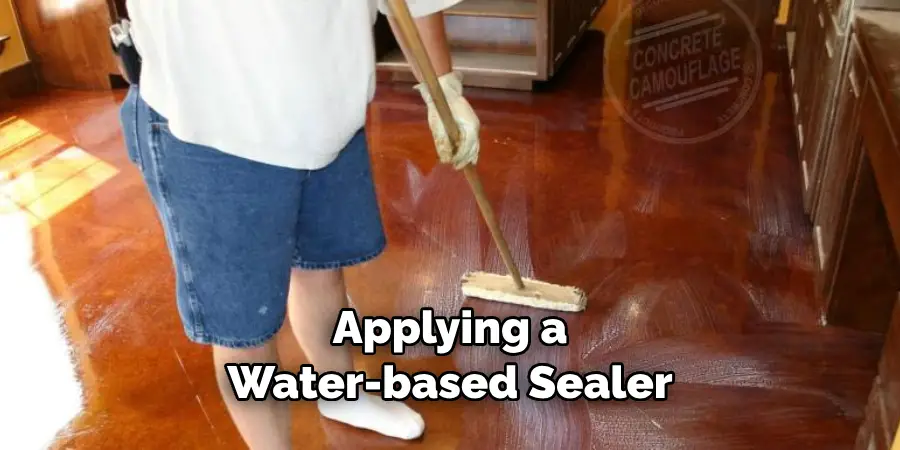
How Often Should You Reapply the Sealer to Maintain Its Performance?
The frequency of reapplication can vary depending on the type of concrete sealer being used and the environment in which it is applied. For instance, if a water-based or acrylic sealer is used in an area that experiences frequent rain or excessive UV exposure (such as a pool deck), it should be reapplied more often than a solvent-based sealer. Generally, a concrete sealer should be reapplied at least every two years, however, depending on the environment and its performance, it may need to be applied more often.
Additionally, if you notice any fading or discoloration of the sealer before this period has elapsed, you should apply a new coat to maintain its performance. When reapplying a sealer, it’s important to ensure the previous coat has been completely removed before applying the new one. This can be done by using an appropriate cleaner or power washer.
What Kind of Maintenance Do You Need to Do on the Sealer to Ensure Its Longevity and Effectiveness?
Keeping the sealer in good condition is essential for a lasting and effective job. After the concrete has been sealed, it is important to ensure that no debris or dust settles on the surface of the sealer. This can cause discoloration and fading over time. Regularly wash and rinse the sealed area with a mild detergent or cleaning solution. If the sealer is exposed to harsh chemicals, it may become discolored, and the sealer will need to be replaced.
For further protection against wear and tear, a coat of concrete wax can be applied periodically. This will help extend the longevity of the sealer by providing an additional layer of protection from dirt and debris. Additionally, concrete sealers can be sensitive to extreme weather conditions, so it may be necessary to reapply the sealer more often in areas with frequent temperature fluctuations. Ultimately, regular maintenance and inspection of sealed concrete surfaces are essential for ensuring their longevity and effectiveness.
Conclusion
In conclusion, fixing blotchy concrete sealers is not easy and requires patience, preparation, and the right materials. By cleaning and preparing the surface properly, using a high-quality sealer in the appropriate sheen, and following application instructions closely, you can ensure that your concrete sealer will look great for years. If you are still having issues with blotchy patches, try using a compatible sealer to cover up the blotchiness. This article has been beneficial for learning how to fix blotchy concrete sealer. Make Sure the precautionary measures are followed chronologically.
